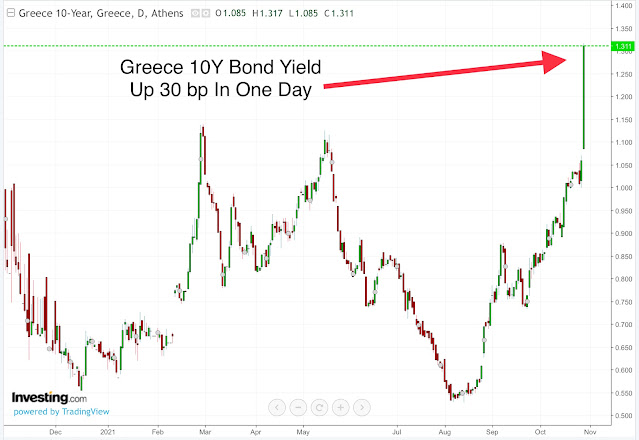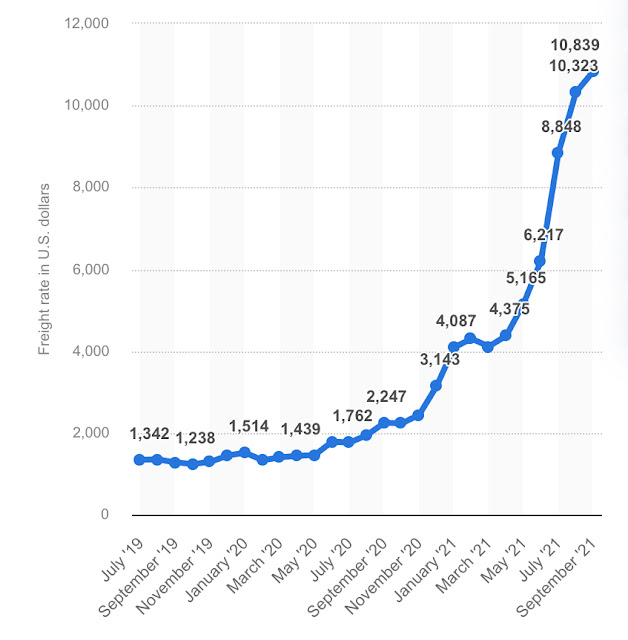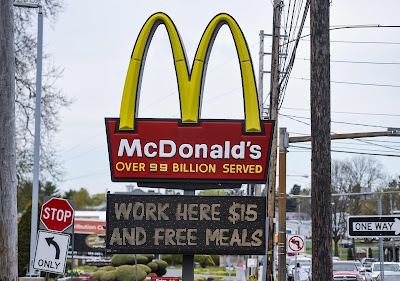"Countries don't go bankrupt" was an infamous riposte by Citibank Chairman Walter Wriston (1967-1984). He was proven disastrously wrong, particularly in Latin America.
Aaaah... bankrupcy... how does it happen? Well, for countries it's the same as for businesses, a matter of how many australs, pesos or dollars you have in the till against your current bills. Solvency vs. Insolvency.
Business analysts routinely calculate the Acid Ratio: Current assets (mostly cash and equivalents) divided by current liabilities. Anything less than 1.0 and you are close to being toast. How's the US doing? In a word, terrible.
Last month the debt limit was reached and no more borrowing was possible. The country was speeding headlong towards insolvency, until Republicans relented and offered a very limited short term "solution" to fund the government only until early December. Think dam, Dutch boy and finger.
The US has been running budget deficits for decades, constantly raising its debt load and requiring one debt limit extension after another. In the past, such political decisions were pretty routine affairs, even if they involved grandstanding in Congress. No more - the deficit has exploded to third world levels at the exact same time when political rivalry is at its most intense. The budget chasm is as big as the chasm between Republicans and Democrats - see chart below.
Federal Current Expenses (red line) And Current Revenues (blue line)
Deficits for FY2020 and FY2021 reached $3.13 trillion and $3.67 trillion. These are truly staggering figures, translating to 15% and 16% of GDP respectively. (For reference, Greece reached similar percentages in 2010 and was forced into bankruptcy.)
Fiscal 2022 is expected to be better with a deficit of "just" $1.84 trillion, around 7-8% of GDP. That's assuming, of course, that Congress will agree to raise the debt limit before December.
So, how solvent is the US, what is its Acid Ratio? First, a chart of the the Treasury's balance at its "checking" account at the Fed. The account zoomed to $1.8 trillion as the Treasury borrowed record amounts during the pandemic, and then dropped just as fast as the money was disbursed far and wide. As of last Wednesday it stood at $96 billion.
US Treasury General Account At The Fed And Days Of Deficit Cover
It may seem like a lot of money, but the government currently runs a monthly deficit of $171 billion (as of August), so $96 billion covers (covered..) only 16 days of operations. That's mighty tight, by any measure - a 30 day acid ratio of just 0.56x. Compare this with 135 days just prior to the pandemic (4.5x) and 207 days at the top (6.9x).
Are we toast yet?
Congress just passed the stopgap bill which will provide the Treasury with increased borrowing authority (and thus extra cash through T-Bill sales) until early December. It should bring the acid ratio back up to around 2-2.5x as of this week - but then what? Since this is a very limited borrowing authority, the cash will immediately start to drain again without replenishment. Unless the debt limit is raised significantly by December, the US will once again skirt with insolvency.
How in God's good name did the US reach this point?
Is this the way a global Empire should be run, and is it therefore really entitled to a AAA/AA+ rating? Unless the government/Congress gets its act together fast by raising revenue and cutting expenses it will soon lose the faith of markets. Global investors will spurn Treasurys and then... bye bye Empire. The till is empty - the United States cannot keep acting as if massive deficits are an entitlement. American exceptionalism can only go so far.
It is time for America to bite the bullet and make hard decisions.
PS In yet another sign that the political chasm is immense, Republican Texas Governor Greg Abbott yesterday issued an executive order banning all COVID vaccine mandates. This means that companies such as American Airlines, Facebook, Google, etc cannot require proof of vaccination for their workers in Texas and cannot fire them if they do not comply.
If America's political leaders cannot agree on something as scientifically straightforward as vaccination, using it instead for political gamesmanship by risking the very lives of their citizens, what is likely to happen with the debt ceiling in two months?












































